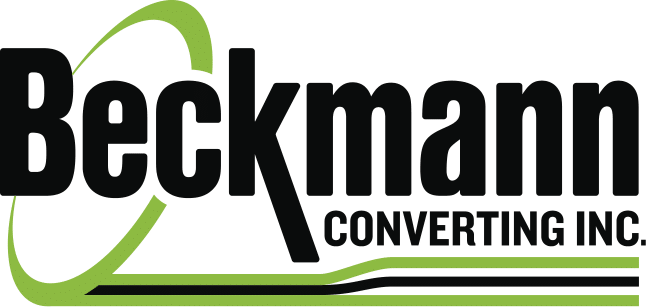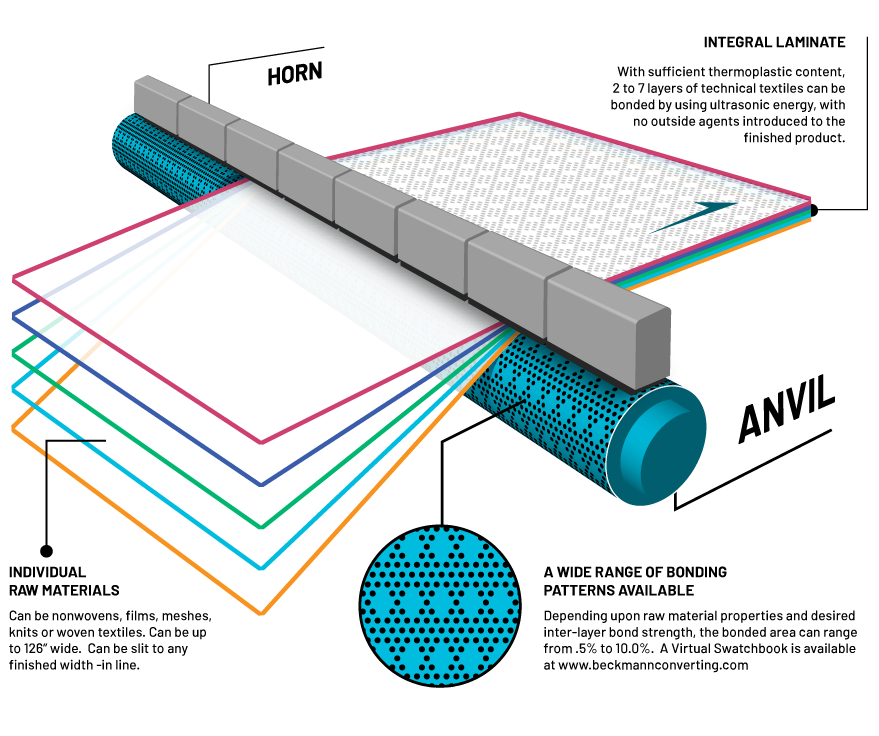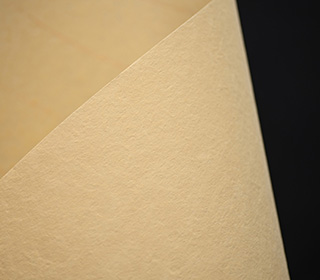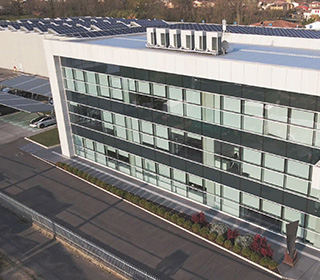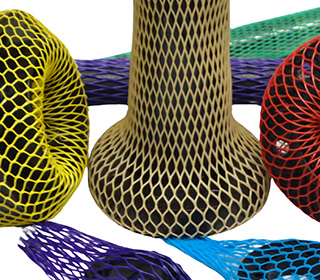Beckmann Converting, Inc., the toll converter using ultrasonic bonding technology to laminate textile composites of nonwovens and other materials, contributes to the sustainability initiatives of its customers.
“Through constant communications with customers and the continuous improvement processes in our Quality Management System, the Beckmann Converting team is attentive to sustainability in all that we do. Our customers tell us this focus helps deliver important value to them by maintaining the outcomes of their own sustainability programs.”
Ray Piascik, Director of Marketing and Sales, Beckmann Converting, Inc.
Ultrasonic laminating, by nature, is a highly sustainable process. It consumes a low amount of energy compared to other laminating techniques. Only the raw materials of the composite are used to form the bonding links at the laminate weld points- no adhesives or chemicals are added to achieve lamination. Highly uniform, consistent textile composites can be manufactured without degradation of the individual layers due to excessive heat or pressure, or by adhesives. All of this combines to maximize performance of the end-product, making it ideal for health care, filtration, and other applications where potential contamination is of concern.
Ultrasonic lamination uses conversion of acoustic energy to heat to form spot welds of specific size in exact locations, determined by the pattern of the bonding roll, across the laminated webs. This technique is an ideal method to join layers of different or similar materials (nonwovens, films, composites, or fabrics) into a single composite or laminate. Bonding occurs very quickly, and with repeatability resulting in visual uniformity. With attentive design of the laminating process to meet specification requirements for a given composite, non-compliant finished material product can be virtually eliminated.
The team at Beckmann Converting builds upon this core sustainability in several ways. Most laminates bonded ultrasonically contain no more than 3 or 4 layers. Beckmann’s equipment and processes enable up to 7 different layers, opening the envelope of opportunity for the product designer to take advantage of this green technology.
Staff communicates closely with customer R&D and manufacturing groups to coordinate dimensions, both widths and lengths, of raw material rolls to minimize waste and scrap. The company works with several waste management companies to continually identify new opportunities for recycling and re-use of all trims and offcuts that are unavoidable on a laminating program. In some cases, customers arrange for collection and shipment of waste materials back to their own recycling stream.
All of the company’s laminating equipment has inline slitting capabilities, eliminating the need for secondary operations to prepare the finished laminate for “downstream” converting steps.
Customers can have confidence that investments they make in sustainability of their products will not be lessened as a result of the ultrasonic laminating process. In fact, they can rely upon Beckmann Converting to work closely with them to enhance the gains that they’ve made.


